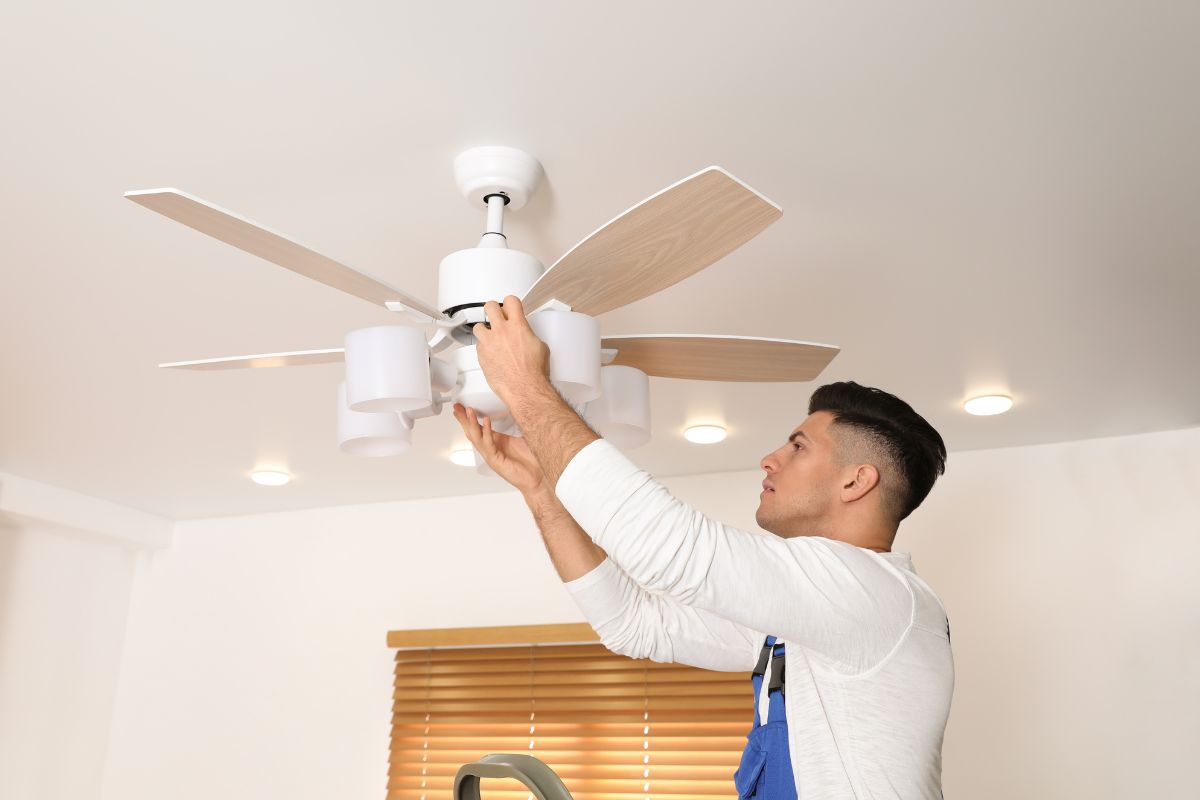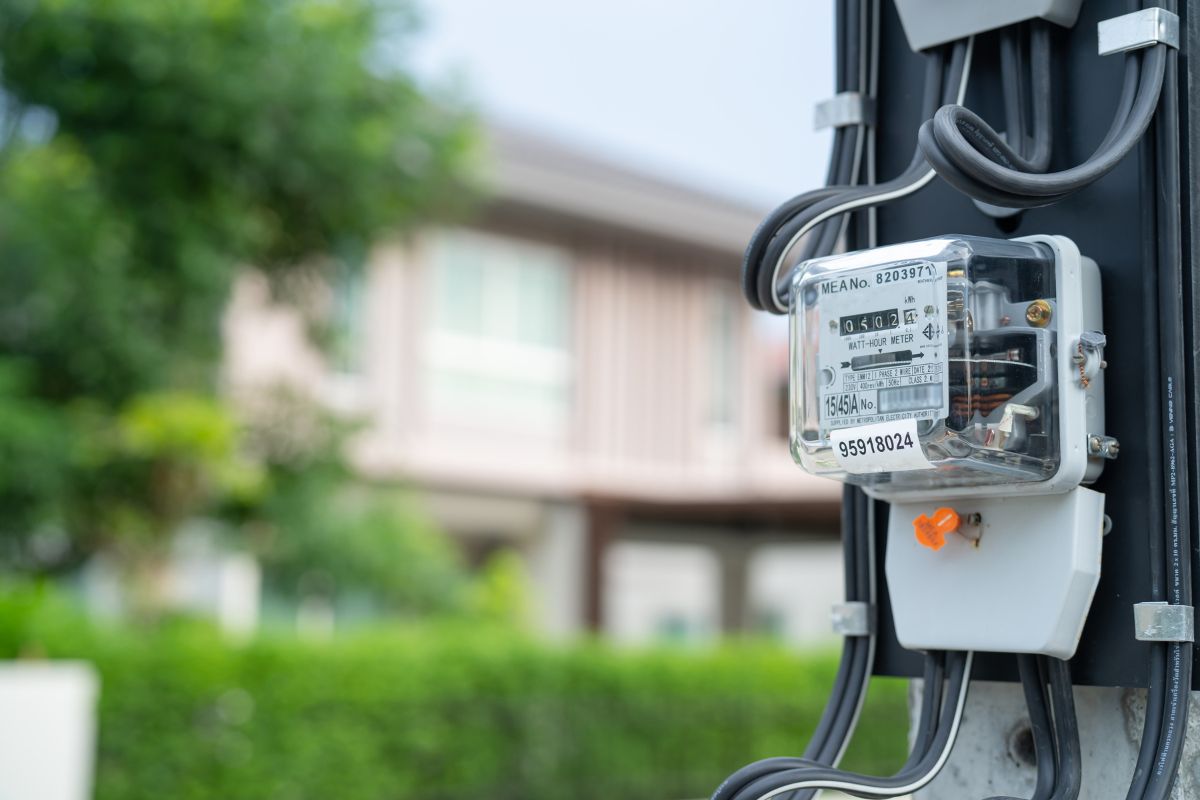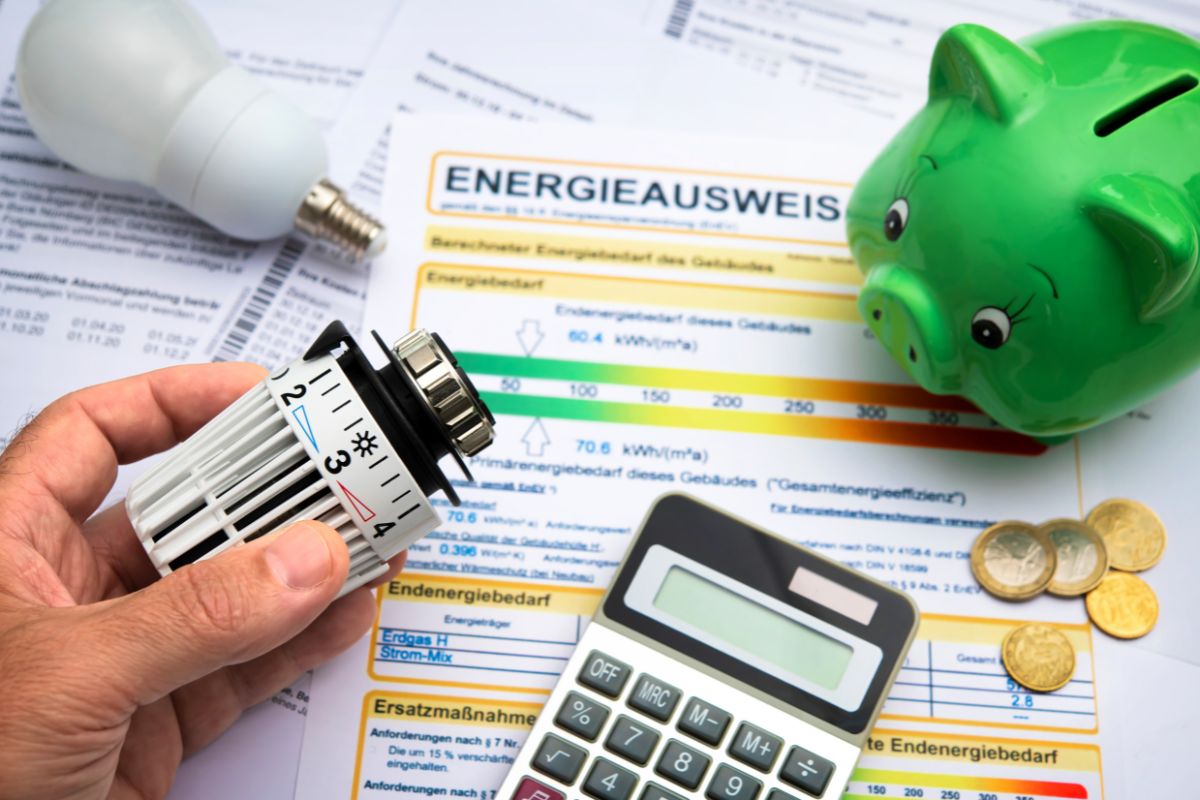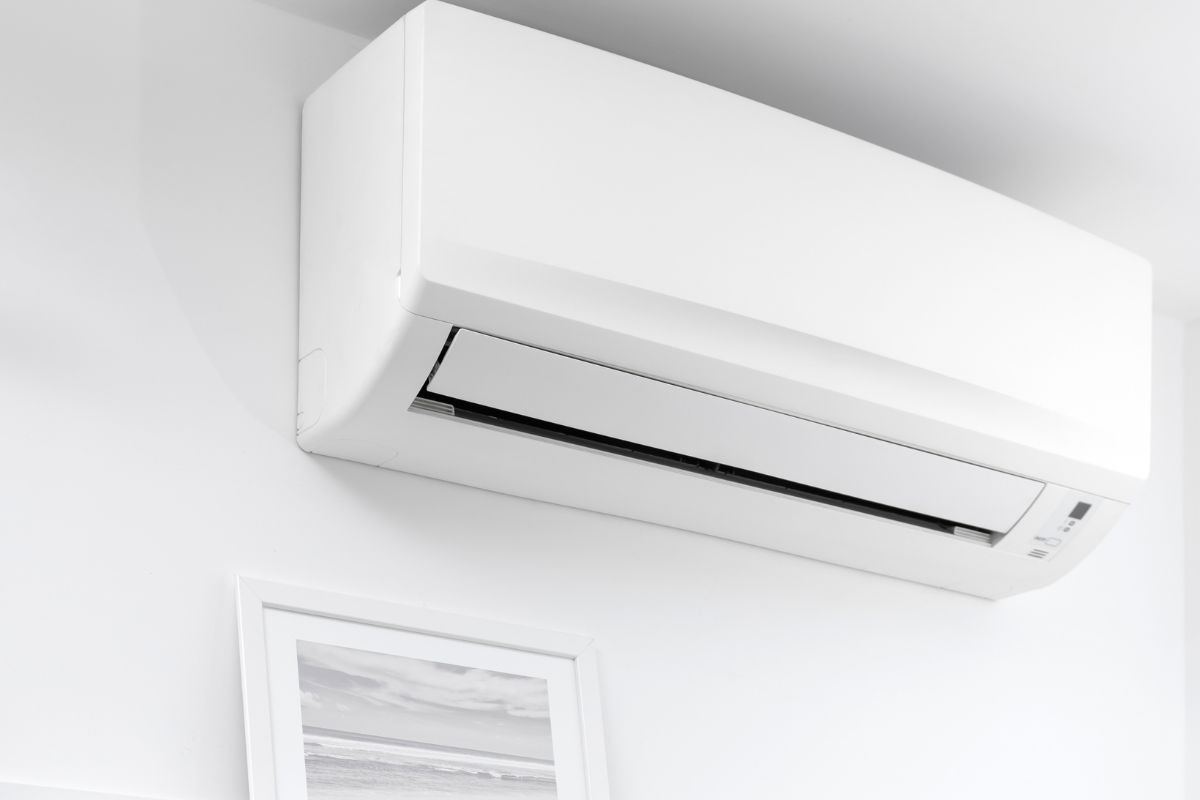What is Lumens per Watt
Lumens per Watt (lm/W) is a measure used to quantify the efficiency of a light source. It represents the ratio of light output (measured in lumens) to power input (measured in watts), indicating how effectively a light source converts electrical energy into visible light. A higher lumens per watt value indicates a more efficient light source, as it produces more lumens of light for each watt of power consumed.
Looking For Motion-Activated Energy-Saving Solutions?
Contact us for complete PIR motion sensors, motion-activated energy-saving products, motion sensor switches, and Occupancy/Vacancy commercial solutions.
The lumens per watt ratio is a factor to consider when evaluating the energy efficiency and cost-effectiveness of different lighting options. It allows for a direct comparison between various light sources, such as incandescent bulbs, fluorescent tubes, and LED lights. LED lights, in particular, are known for their high lumens per watt values, making them highly energy-efficient and environmentally friendly alternatives to traditional lighting technologies.
By selecting light sources with higher lumens per watt values, consumers and professionals in the lighting industry can achieve the desired level of brightness while minimizing energy consumption and reducing electricity costs. This measurement plays a crucial role in promoting energy-efficient lighting solutions and contributes to overall sustainability efforts.
Get Inspired by Rayzeek Motion Sensor Portfolios.
Doesn't find what you want? Don't worry. There are always alternate ways to solve your problems. Maybe one of our portfolios can help.
Frequently Asked Questions
Is 1000 Lumens Bright Enough for a Room
To determine the appropriate amount of lumens for a room, you should calculate the square footage of the room and then multiply it by the recommended foot-candle requirement. For instance, a living room measuring 100 square feet, which typically requires 10-20 foot-candles, would need approximately 1,000-2,000 lumens. Similarly, a dining room of the same size, but with a foot-candle requirement of 30-40, would require around 3,000-4,000 lumens.
Why Are My LED Lights Not Bright
Reasons for dim LED lights can vary, such as a defective power supply, loose connections, a flawed circuit design, or even water damage from rain. Regardless of the cause or symptoms, there is typically a solution available to address the problem.
Is 2000 Lumens Bright Enough for a Room
Multiply the square footage of the room by the required footcandles to determine the necessary lumens. For instance, a living room measuring 100 square feet and requiring 20 foot-candles would need 2,000 lumens. Similarly, a dining room of the same size but needing 40 foot-candles would require 4,000 lumens.
Is 5000 Lumens Too Bright
A 5000-lumen LED bulb emits a significant amount of brightness, making it a powerful light source. However, if you are using it in a smaller room, the intensity can be overwhelming. In such cases, it is advisable to opt for a 1000-lumen LED bulb instead. Typically, 5000-lumen bulbs are better suited for areas like garages, utility rooms, and warehouses.
Does More Watts Mean Brighter Light
A lumen measures the amount of light that comes from a bulb, also referred to as light bulb brightness. The brightness of a bulb is represented by lumens. Generally, increasing the wattage results in higher lumens and a greater output of light.
Do Lumens Increase With Number of Bulbs
There is no direct relationship between the number of bulbs and the increase in lumens. This is because lumens are units of light emitted, while the number of bulbs refers to the quantity of light sources. Although higher wattage bulbs generally emit more lumens, it is important to note that the efficiency of the bulb can also affect the amount of lumens emitted. Therefore, even if two LED bulbs have the same wattage, they may still emit different amounts of lumens based on their efficiency.
How Many Lumens Is Good for Eyes
Below 3500 lumens, our eyes experience a comfortable level of brightness. However, once the brightness of direct or reflected light exceeds 4000 lumens, the human eye begins to have difficulty receiving the light.
Is Higher Lumens Always Better
If you intend to use the device outdoors or in a room with significant ambient light, a high lumen count is crucial. This also applies to scenarios where you are utilizing a projector in a spacious area and/or need a larger screen size.
What Happens if I Put a 75 Watt LED Bulb in a 60 Watt
Many fixtures have a cautionary label advising against using bulbs with wattage higher than 60 watts due to the potential safety hazard caused by the increased heat generated by higher wattage bulbs.









